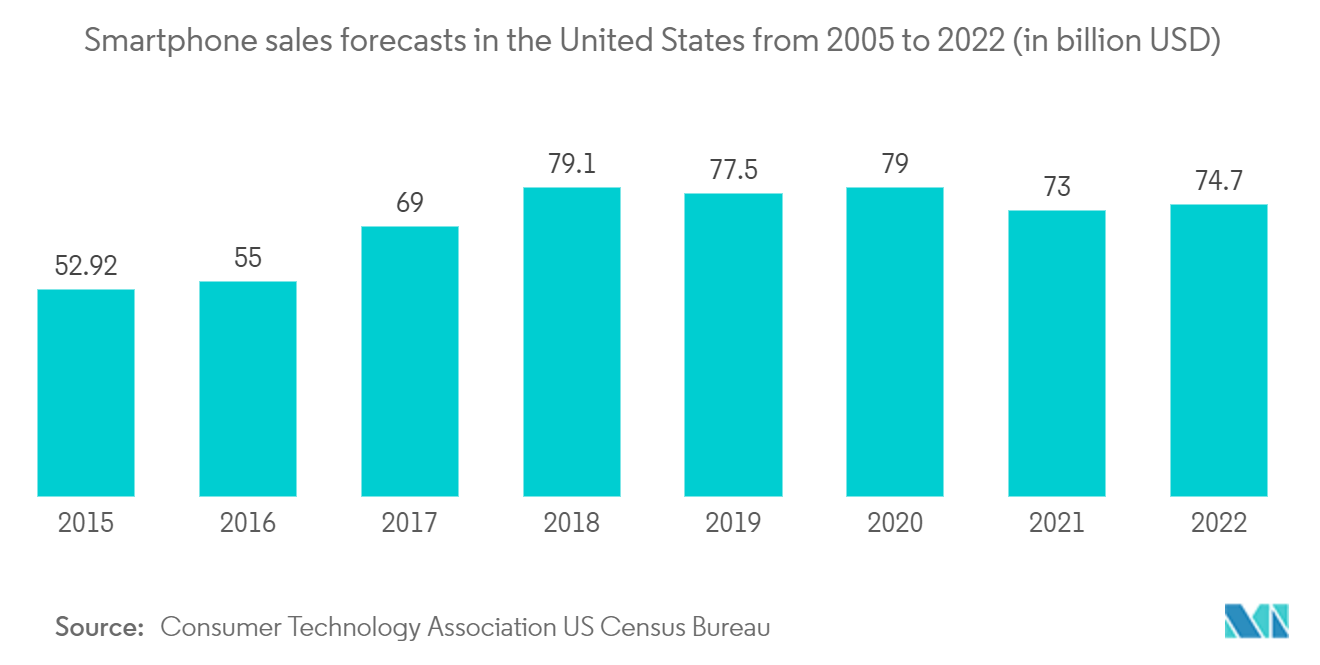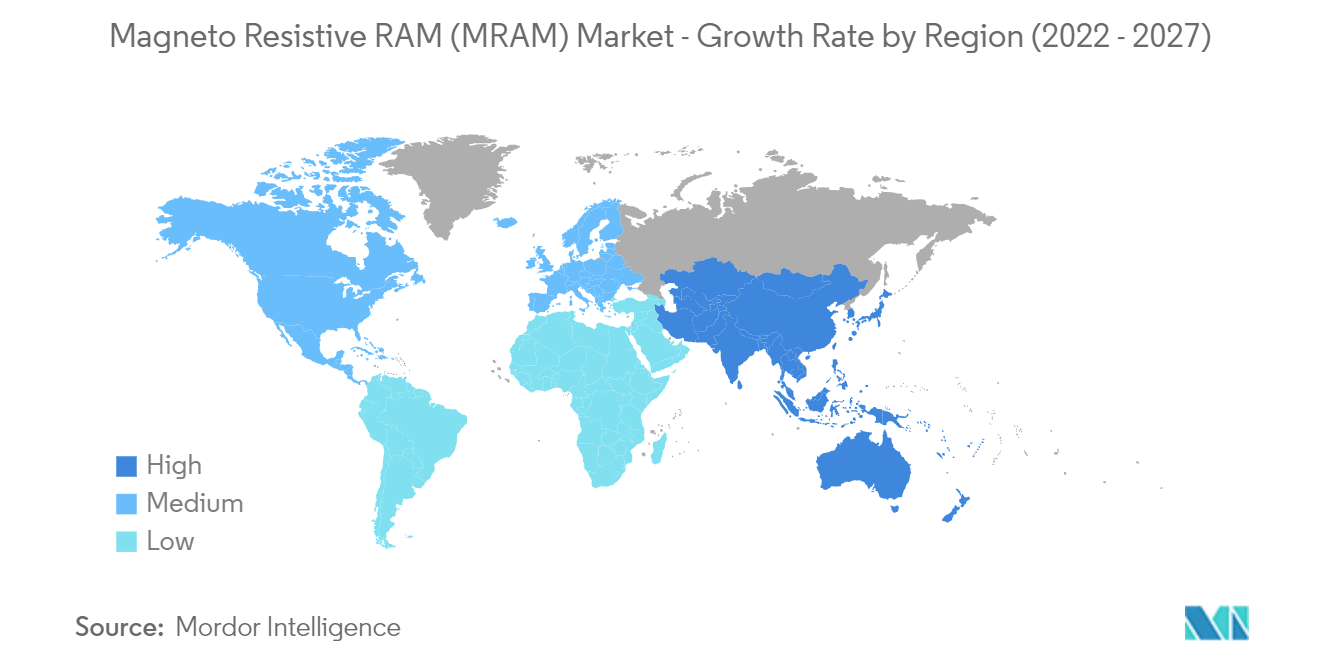Market Trends of MRAM Industry
This section covers the major market trends shaping the Magneto Resistive RAM (MRAM) Market according to our research experts:
Consumer Electronics May Experience Significant Growth
- Consumer electronics may experience significant growth due to technological advancements, penetration of IoT, the emergence of 4G and 5G technologies, and innovation in various devices to increase memory capacity and power efficiency. Smartphones, laptops, smart wearables, and digital cameras are expected to gain popularity due to increased disposable income and the rising adoption of smart devices.
- Global adoption of smartphones has encouraged manufacturers to develop advanced RAM that could reduce the boot-up time and enhance the memory space to offer high performance. The number of key players in the market has grown, focusing on developing and mass-producing MRAM either in stand-alone or embedded design to gain a leading position in the market in the future.
- For instance, recently, Samsung has started mass producing its first commercial embedded magnetic RAM (eMRAM). As eMRAM does not require an erase cycle before writing data, it is 1,000 times faster than eFlash with lower voltage, providing a promising opportunity for its implementation in an upcoming smartphone.
- Among the established and emerging embedded memory technologies, STT MRAM is very promising, as it offers a combination of persistence, low power consumption, high speed, and high endurance, ideal for low-power microcontrollers wearables and gaming and IoT devices.

North America May Hold a Significant Market Share
- North America is projected to experience growth in the magneto-resistive RAM market during the forecast period. Large, small, and medium enterprises are moving toward cloud-based services to reduce the costs related to technology infrastructure and streamline operations. This contemporary shift is boosting the growth of data centers with lower power consumption and encouraging MRAM implementation as it does not require refreshing and allows low-power states.
- As MRAM technology is robust and reliable over extreme temperature ranges, its demand for memory products in the automotive sector is increasing. Everspin provided a 4MB MRAM chip (MR2A16AMYS35) to BMV for its superbike. It is also used in various automotive applications, such as engine control units, advanced transmission control in-car data logs, and multimedia systems for in-car entertainment.
- MRAM technology is also implemented in medical devices to provide next-generation sensors with higher sensitivity, accuracy, and noise reduction. These sensors are used for non-invasive diagnostic testing of blood, body fluids, and tissue for medical conditions, including diabetes and hypoxia.
- The rapid adoption of IoT devices in medical devices to integrate technology for data communication, data storage, and data mining is helping reduce human errors. Therefore, radio-frequency identification (RFID) devices are integrated with MRAM to withstand gamma radiation. An increased number of chronic disease cases in North America are also fueling the growth of the market. According to a report, chronic diseases are among the most prevalent and costly health conditions in the United States, and nearly half (approximately 45%, or 133 million) of the American population suffer from at least one chronic disease.
- The COVID-19 pandemic also affected most industries worldwide. However, it boosted the growth of robots, drones, and other automated machines used to fight the virus. The outbreak led to an increasing adoption of assistive robots in hospitals and testing facilities to disinfect hospitals and residential areas, monitor temperature, and deliver food and medicines to COVID -19 patients. It also relieved hospital staff from non-essential tasks and helped limit the spread of the virus. For instance, Spot, a robot by Boston Dynamics, helps Boston's healthcare workers by providing assistance in treating infected patients. Boston Dynamics also announced its plans to expand the use of its robots to other hospitals.


